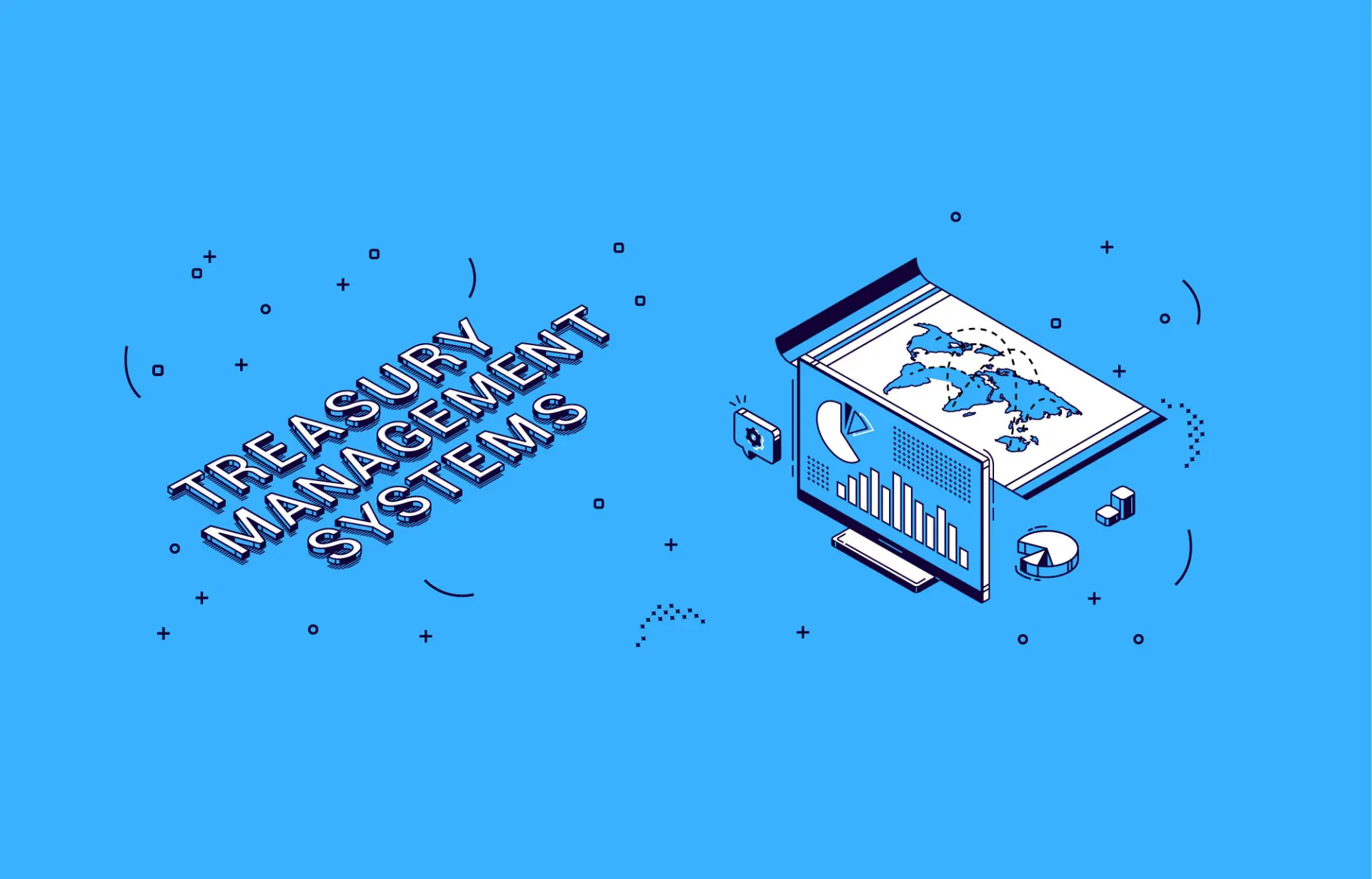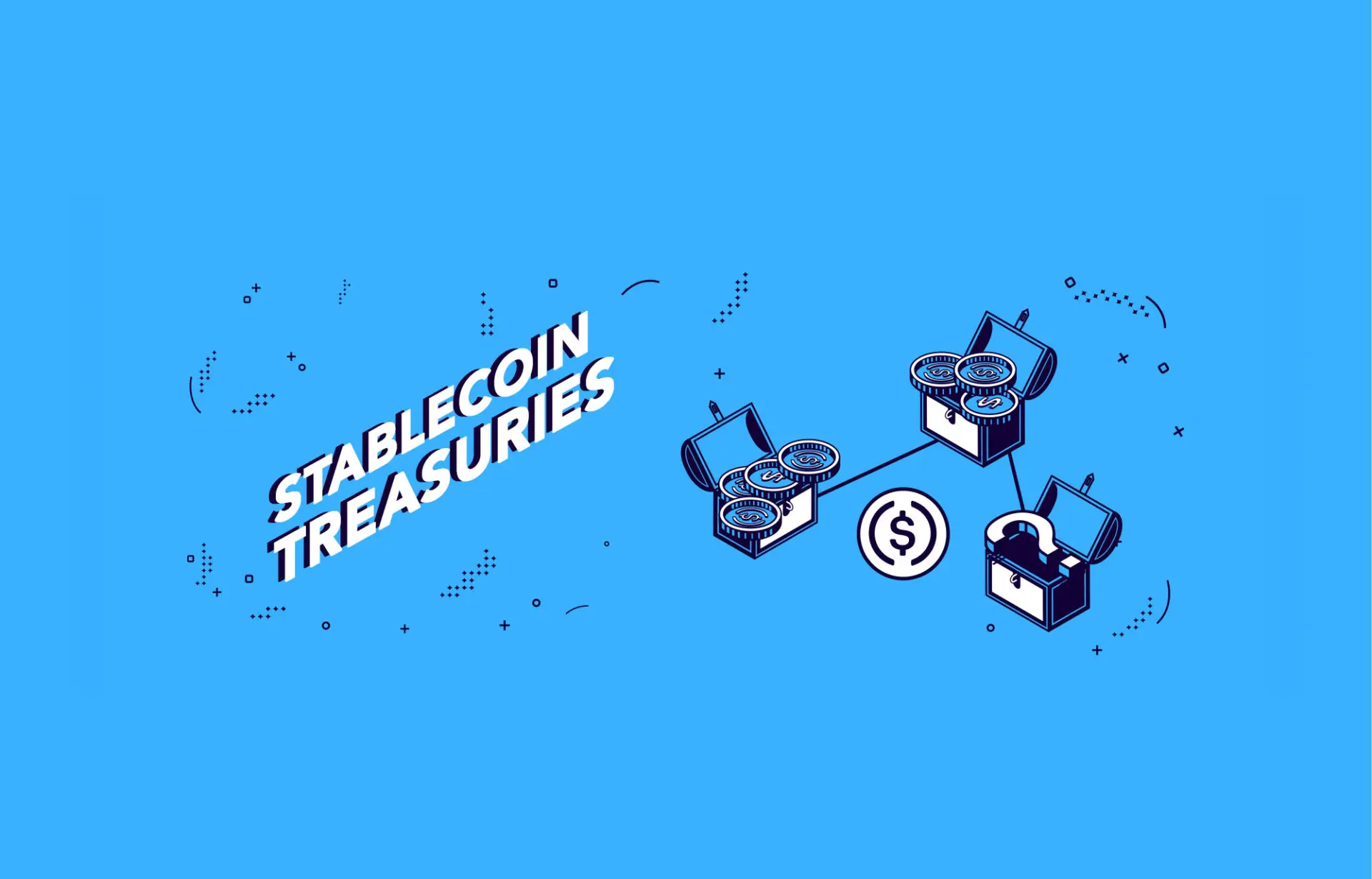In recent years, we’ve seen the rise of truly “global” companies, as it is easier than ever to establish businesses in new jurisdictions without needing to have a physical presence there. While this flexibility allows companies to operate on a much larger scale than before, it also comes with certain drawbacks when it comes to maintaining a well-planned treasury system.
Operating in multiple local jurisdictions requires companies to keep multiple bank accounts in different countries—with each subsidiary (or “sister” company) having its own books to maintain and keep balanced at all times. What’s more, each of these companies will have different needs for cash on a daily basis, which often requires funds to be distributed among these sister companies regularly.
What is “always-on” treasury?
It’s no secret that our traditional financial infrastructure is mostly slow when it comes to making cross-border payments or bank transfers, often with wait times that can take up to several days. Since this infrastructure makes it nearly impossible to instantly distribute the funds needed by the treasury departments of sister companies in different jurisdictions, what is needed is a new approach to treasury that is very much in real-time.
The good news is that there is a new infrastructure on the rise with the potential to mitigate these shortcomings: stablecoins. Pegged to the USD at a ratio of 1:1, stablecoins are widely considered to be a less volatile form of cryptocurrency as compared to popular cryptocurrencies like Bitcoin.
Unlike a traditional treasury, where fiat accounts and currencies are at the core and digital assets represent a minority share, an "always-on treasury" is built upon stablecoin rails where transactions such as clearing, settlement, reconciliation etc. occur 24/7/365 in real time between counterparties or sister companies. In an always-on treasury setup, fiat is used for occasional deposits and withdrawals only.
When used in the context of treasury management, stablecoins not only allow companies to make cross-border transfers swiftly, but they are also instantly redeemable by sister companies in USD, regardless of their jurisdiction.
| Use case | Details |
| Digital markets | Stablecoins are used to trade digital assets and serve as an onramp from fiat currency to digital assets recorded on blockchains. |
| Payments | Stablecoins are used to facilitate fast peer-to-peer and cross-border payments. They also hold the potential for new payment innovations, such as programmable money. |
| Internal transfers and liquidity management | Institutional stablecoins facilitate transfers of funds within a firm and allow efficient movement of internal cash across subsidiaries to manage liquidity risk and regulatory requirements. |
| DeFi | The programmability and composability of stablecoins currently supports decentralized, blockchain-based cryptocurrency markets and services, known as decentralized finance or DeFi. Protocols allow for market making, collateralized lending, derivatives, asset management, and other services. |
What makes always-on treasury a game-changer?
Similar to other cryptocurrencies, stablecoins are traded on the decentralized technological infrastructure known as a blockchain. When establishing an always-on treasury system that relies on stablecoins, businesses must first bring all their sister companies to the same blockchain to streamline the process.
Once these sister companies are all on the blockchain, funds can be distributed instantly as needed, as the system is available to users 24/7. Moreover, trading stablecoins among sister companies helps to eliminate the transfer fees traditionally associated with banks, meaning that the distribution of funds for treasury takes place at a fraction of the regular cost.
The most salient outcome of this seamless transfer of funds is that it enables sister companies to always have cash in hand when they need it, which helps them to ensure that their books always remain in balance.
What’s more, treasury management tools that utilize stablecoins can often be given a specific set of instructions to make payments automatically, either on a fixed schedule or after certain “triggers” programmed into the system are activated.
These programmable transactions are especially useful for businesses that operate globally: a stablecoin-reliant treasury system can not only be used to distribute money in real-time between sister companies across the globe, but it can also minimize manual work for treasury operations teams, freeing them up to focus on creating other innovative solutions for their companies.
Discover the flexibility of always-on treasury with stablecoins
If you’re looking to transform the treasury operations at your global company, partner with Arf for a hassle-free switch to USDC-backed global treasury.
All members within the Arf Network enjoy instant worldwide settlements with regulated stablecoins, which can be programmed to be redeemed based on your treasury ops needs. Not only is Arf “always on” and available around the clock, but it is also extremely user-friendly, as virtually anyone can use the system after a super-easy onboarding process.





